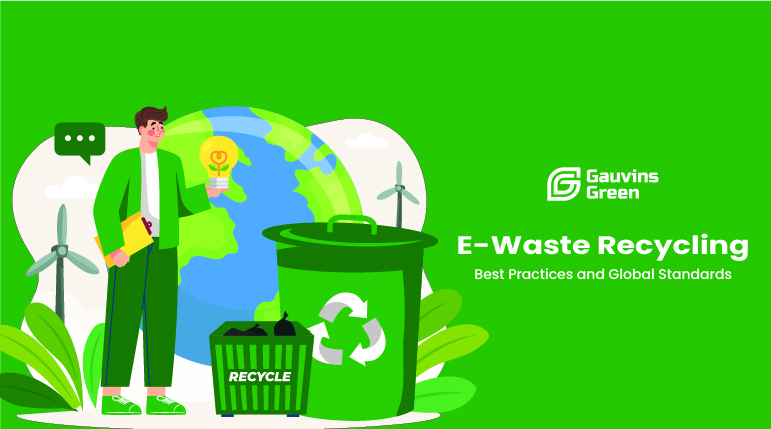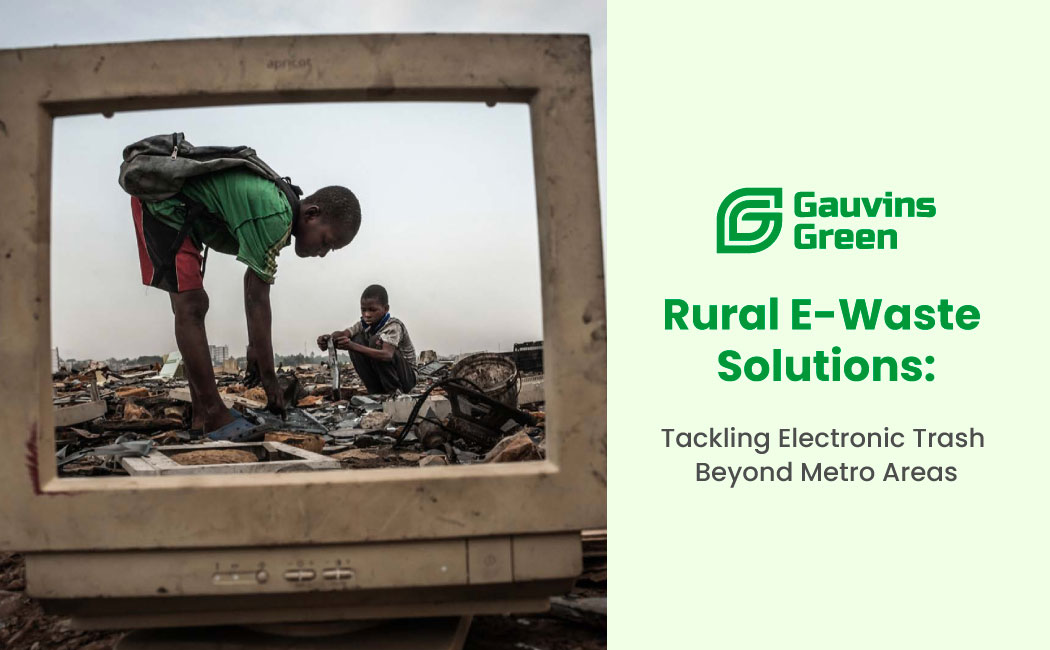|
Getting your Trinity Audio player ready...
|
In an increasingly digital world, electronic gadgets have become an inseparable part of our daily lives. From smartphones and laptops to televisions and refrigerators, these devices offer countless conveniences. However, as these devices reach the end of their lifespan, they become e-waste, creating a pressing environmental concern. Proper electronic waste recycling is imperative to address this issue, and there are best practices and global standards in place to ensure effective e-waste management.
Understanding E-Waste
Before diving into the best practices, it’s essential to comprehend what e-waste truly entails. E-waste, or electronic waste, refers to discarded electrical or electronic devices. When these gadgets become obsolete, malfunction, or are simply replaced by newer models, they end up being e-waste.
Best Practices in E-Waste Recycling
Collection and Storage: Initiatives like e-waste collection from home have gained traction, making it easier for consumers to dispose of their e-waste responsibly. Such efforts ensure that the e-waste does not end up in landfills, where it can release harmful chemicals into the environment.
Proper Disassembly: Before recycling, devices are methodically disassembled. This process helps segregate the reusable components and toxic parts, ensuring each can be dealt with appropriately.
Material Recovery: Precious metals such as gold, silver, and palladium are extracted and can be reused, reducing the need for mining and the associated environmental impact.
Hazardous Component Treatment: E-waste contains toxic substances like mercury, lead, and cadmium. Special procedures ensure these are safely treated, preventing environmental contamination.
Global Standards in Electronic Recycling
Adherence to standards ensures that the electronic recycling process is carried out safely, minimizing harm to the environment and human health.
Standardization of Processes: Several international bodies have laid down guidelines for standardizing e-waste recycling processes, ensuring the safe and effective treatment of e-waste.
Certification Programs: Institutions such as the Basel Action Network (BAN) offer certification programs like e-Stewards, ensuring electronic recycling facilities adhere to the highest environmental and safety standards.
E-waste Disposal Bans: Many countries have established bans on disposing e-waste in landfills. Instead, they mandate its recycling and safe disposal.
Producer Responsibility: Manufacturers are encouraged, or sometimes required, to take back and recycle their electronic products once they become obsolete, minimizing the burden on consumers and ensuring the waste is treated properly.
E-waste refers to discarded electronic and electrical devices. Recycling involves collecting the waste, disassembling it, safely treating hazardous components, and recovering valuable materials for reuse.
E-waste recycling begins with collection initiatives like e-waste collection from home. Once collected, the devices are disassembled, reusable components and precious metals are extracted, and hazardous materials are treated safely.
Electronic recycling helps reduce the environmental footprint of e-waste, conserves natural resources, prevents pollution, and ensures the safe treatment of toxic components.
Yes, institutions like the Basel Action Network offer certifications such as e-Stewards, ensuring facilities meet global environmental and safety standards.
In conclusion, e-waste recycling is not just about disposing of old electronics. It’s a rigorous process of turning discarded devices into valuable resources, following best practices, and adhering to global standards. As consumers, staying informed and opting for responsible e-waste disposal can make a significant difference in this crucial environmental endeavor.




